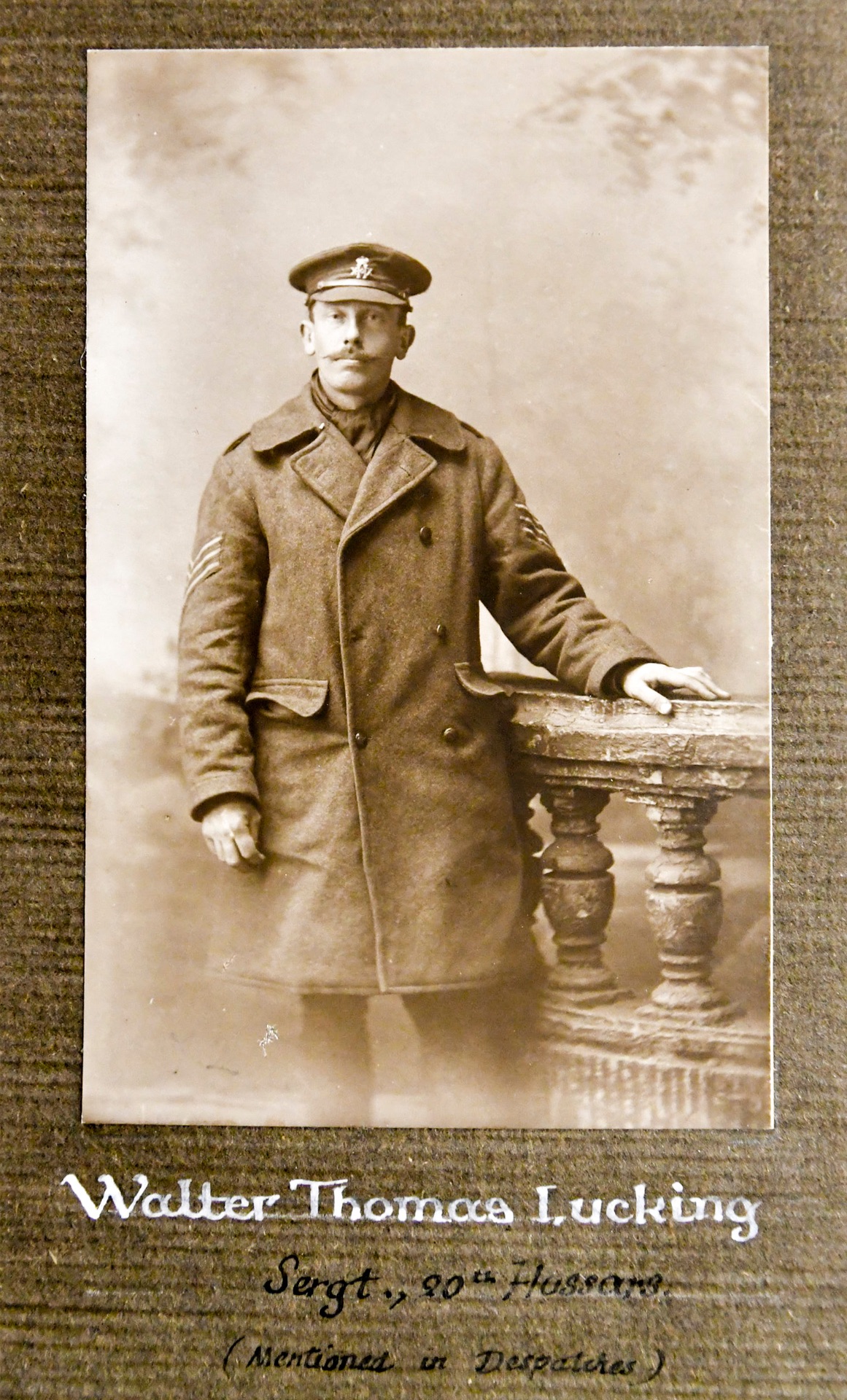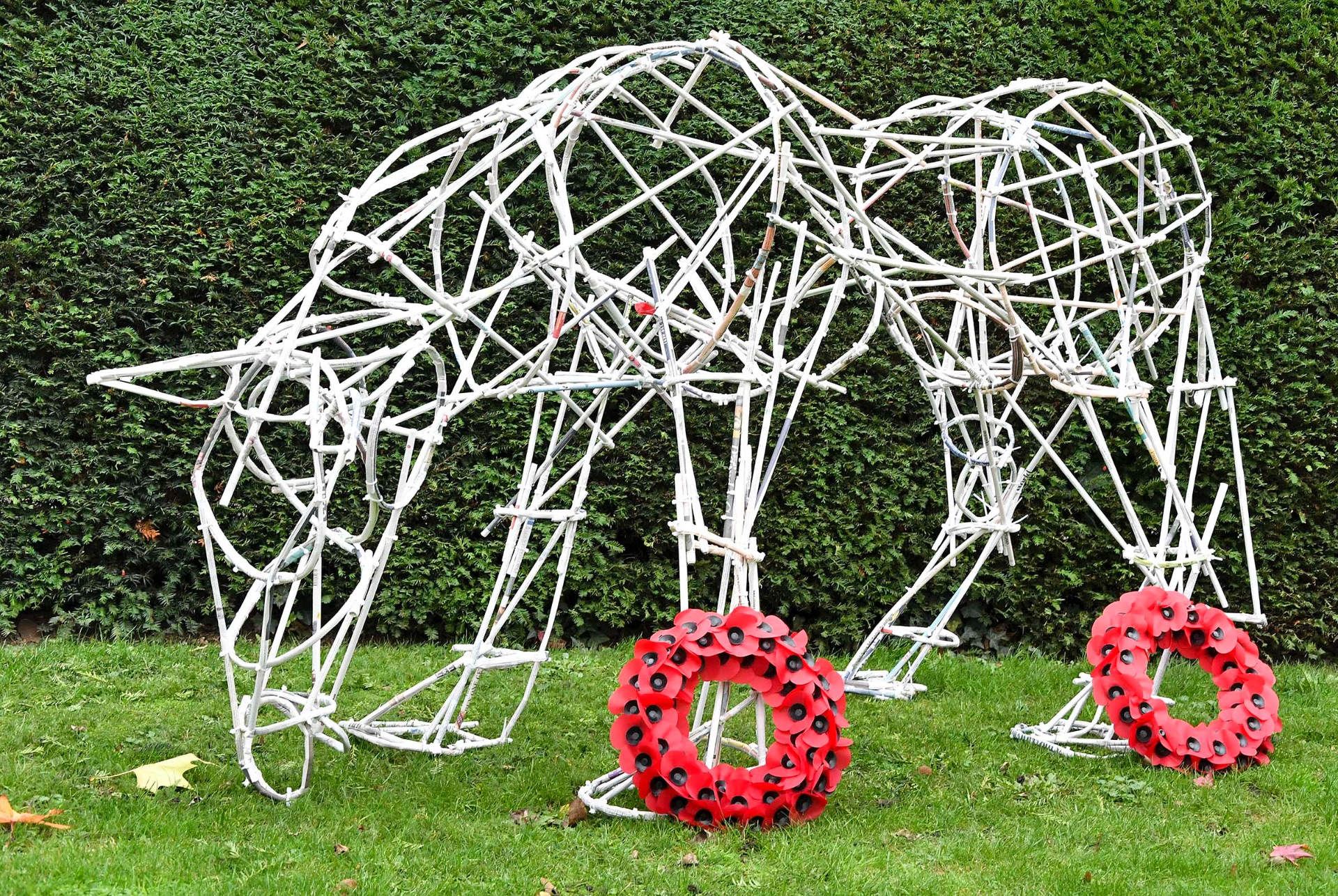The clocks have gone back; December will soon be here; the nights are getting chilly; at London Road the heating has been on for a while now.
Spare a thought for those who once stoked the campus boilers!

This image, dated c.1915, was taken in one of the Boiler Rooms at London Road. A note on the back describes these two men as the ‘Engineers’: they are Edward J. Godden and Frederick T. Millard and, apparently, the photo was taken shortly before the latter’s call-up to serve in the armed forces during WW1.
Edward Godden had started as a porter in 1907 before becoming Engineer in 1910, a post he retained until 1926. Frederick Millard returned as his assistant at the end of the war and also remained until 1926.
I don’t know the location of this particular Boiler Room but architects’ notes of 1907 state that:
‘Messrs. Perkins, Warner, and Pfeiderer, of London, installed the heating apparatus in the Old Red Building’ (p. 2).
There were also three independent boilers ‘in a basement’ to heat the buildings along the East Cloister (see map of 1907). Ventilation was improved by electric exhaust fans to remove foul air. Coal for the boilers was delivered via the south entrance in Acacias (now Acacia) Road between the dairy and the present-day L16.

I am not sure whether there was a boiler under the Great Hall which is described as being heated and ventilated by hot water and air:
‘A creeping way beneath the floor gives access to every part of the heating arrangements, and a large fan in the basement, worked by an electric motor, drives fresh air into the Hall over the radiators, the air being first washed by a water screen.’ (1907, p. 4).
The tone of these notes shows how proud the architects were of the facilities across the campus. No doubt ventilation was particularly important in buildings such as Fine Arts (now L4: Art Education) which were still lit by incandescent gas burners.
Those with electric light could suffer power cuts, however. The Great Hall had electric lighting but always kept a single gas jet burning during events in case a power outage should result in panic.
Sources
University College, Reading. Calendars 1907-8 to 1925-6.
University College, Reading (1907). Notes by the Architects (W. Ravenscroft and C. S. Smith) on the New Hall and Buildings.
University College Reading. Students’ handbook. First issue: 1907-8.
University of Reading Special Collections. University History MS5305 Photographs – Portraits Box 1.




